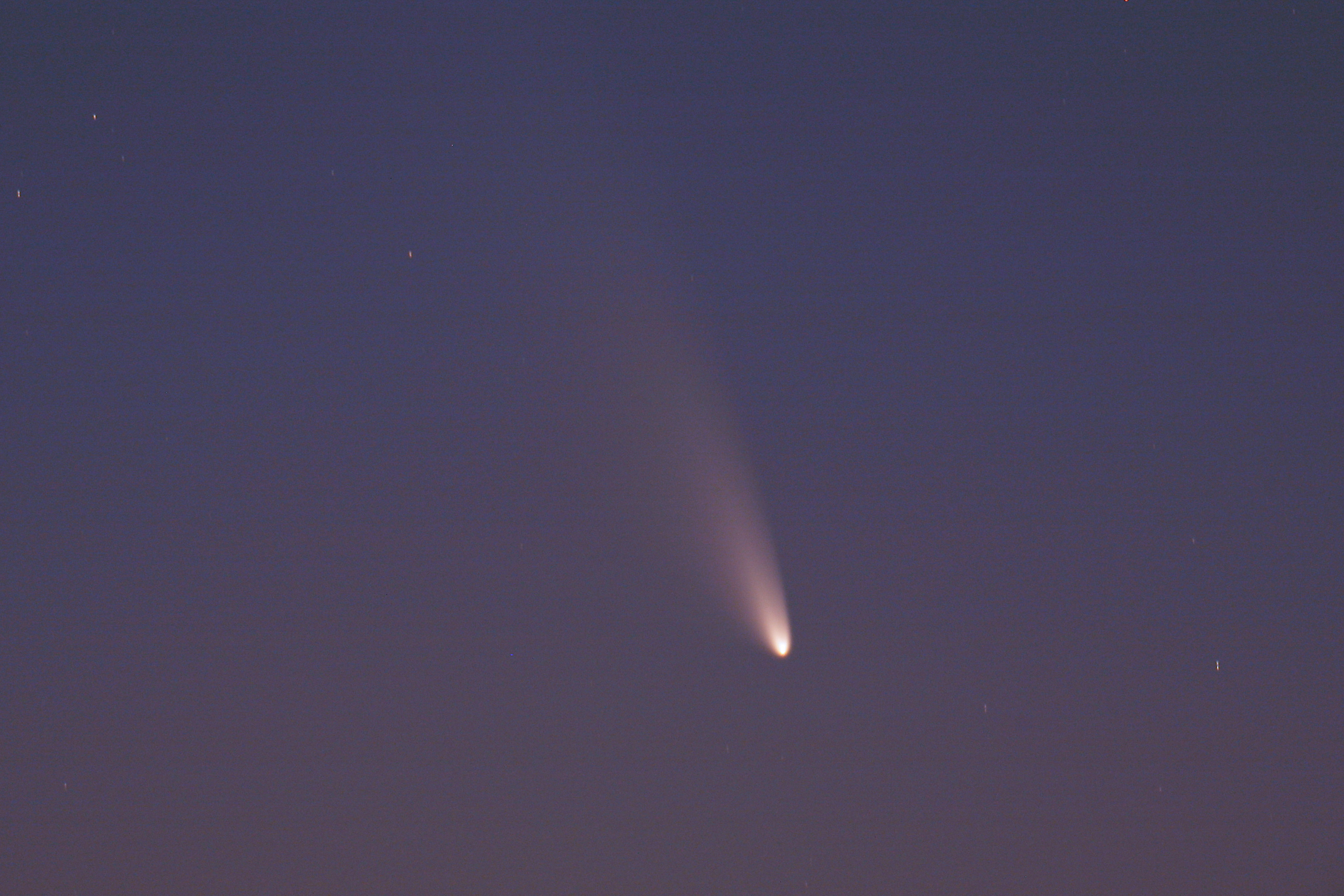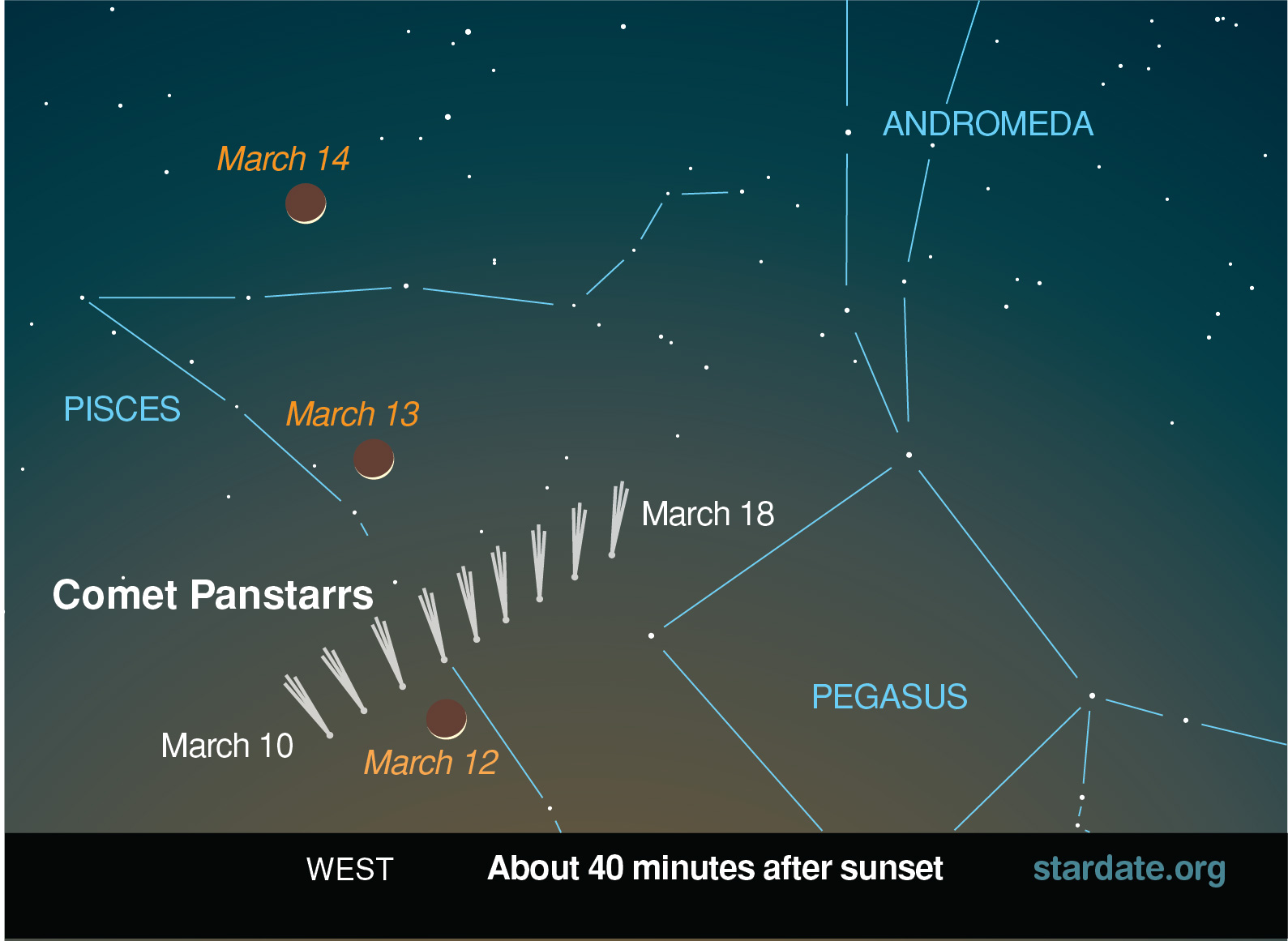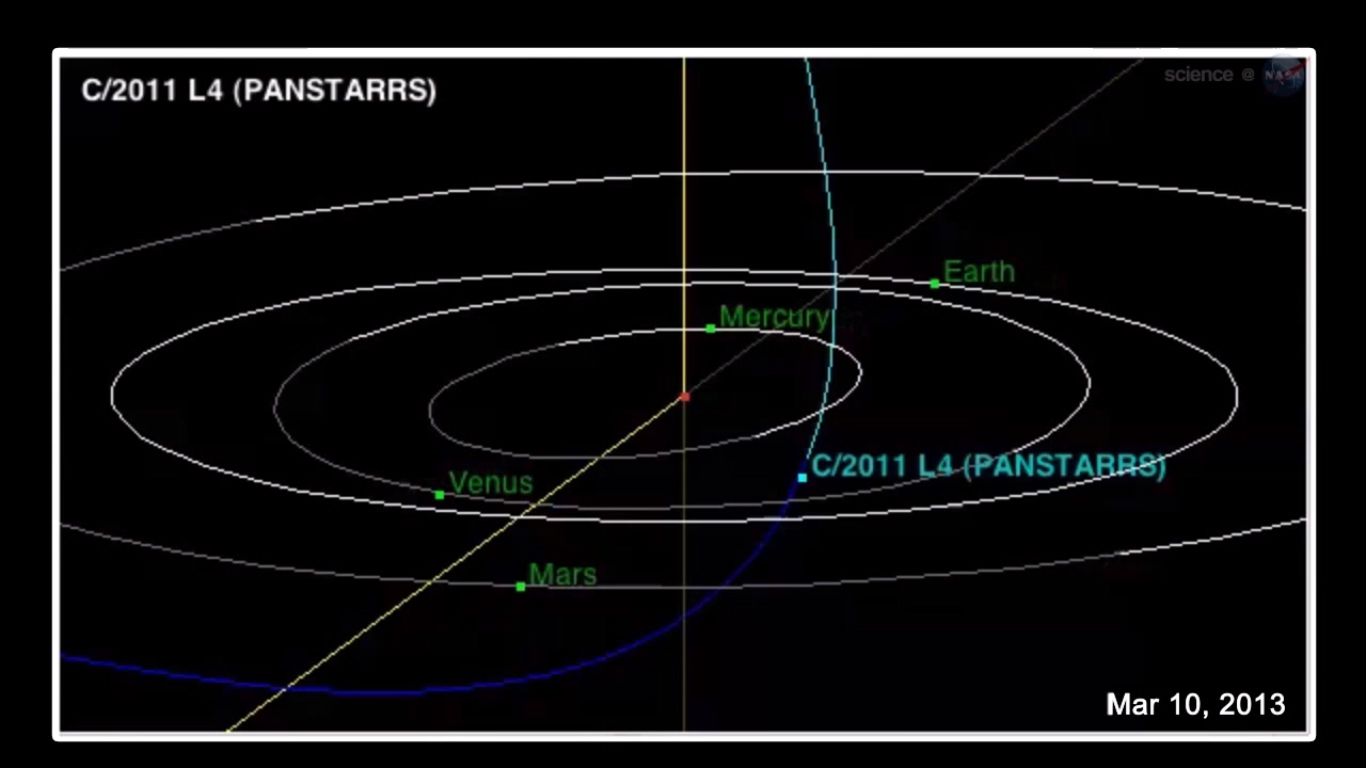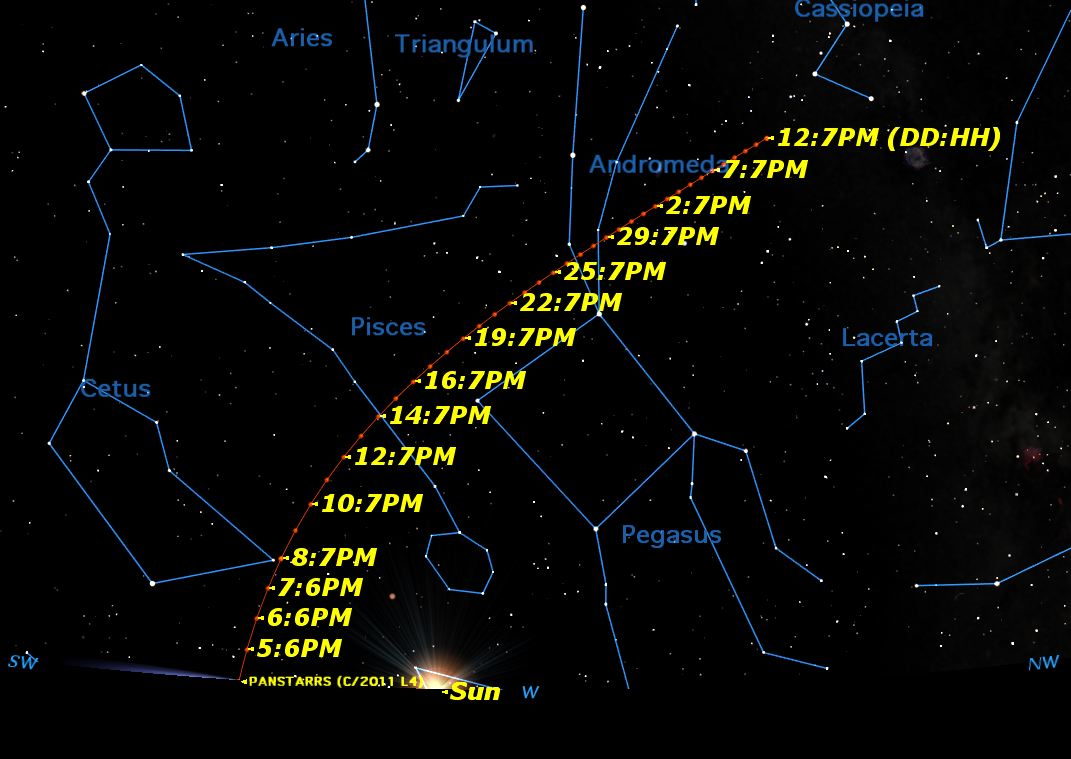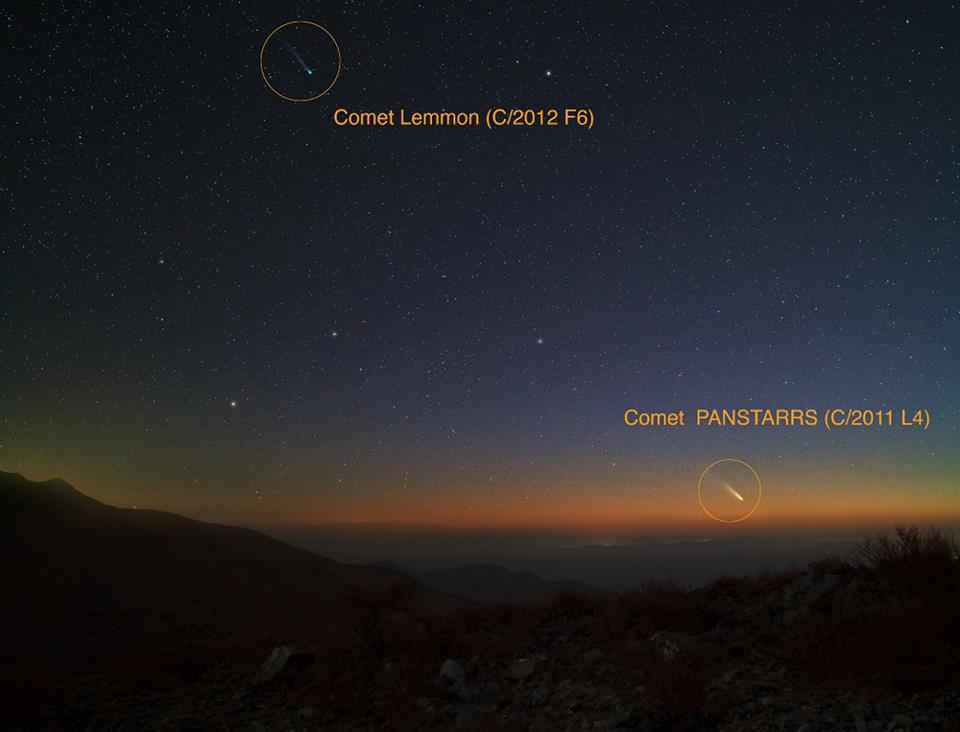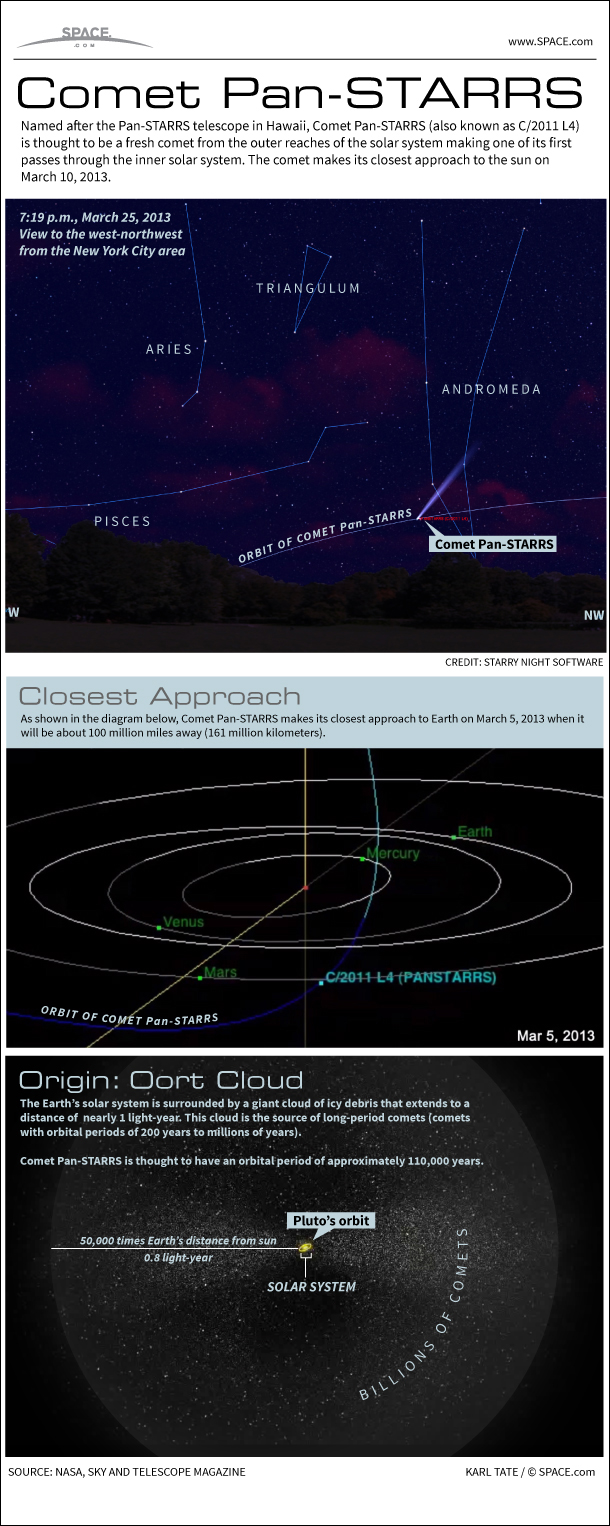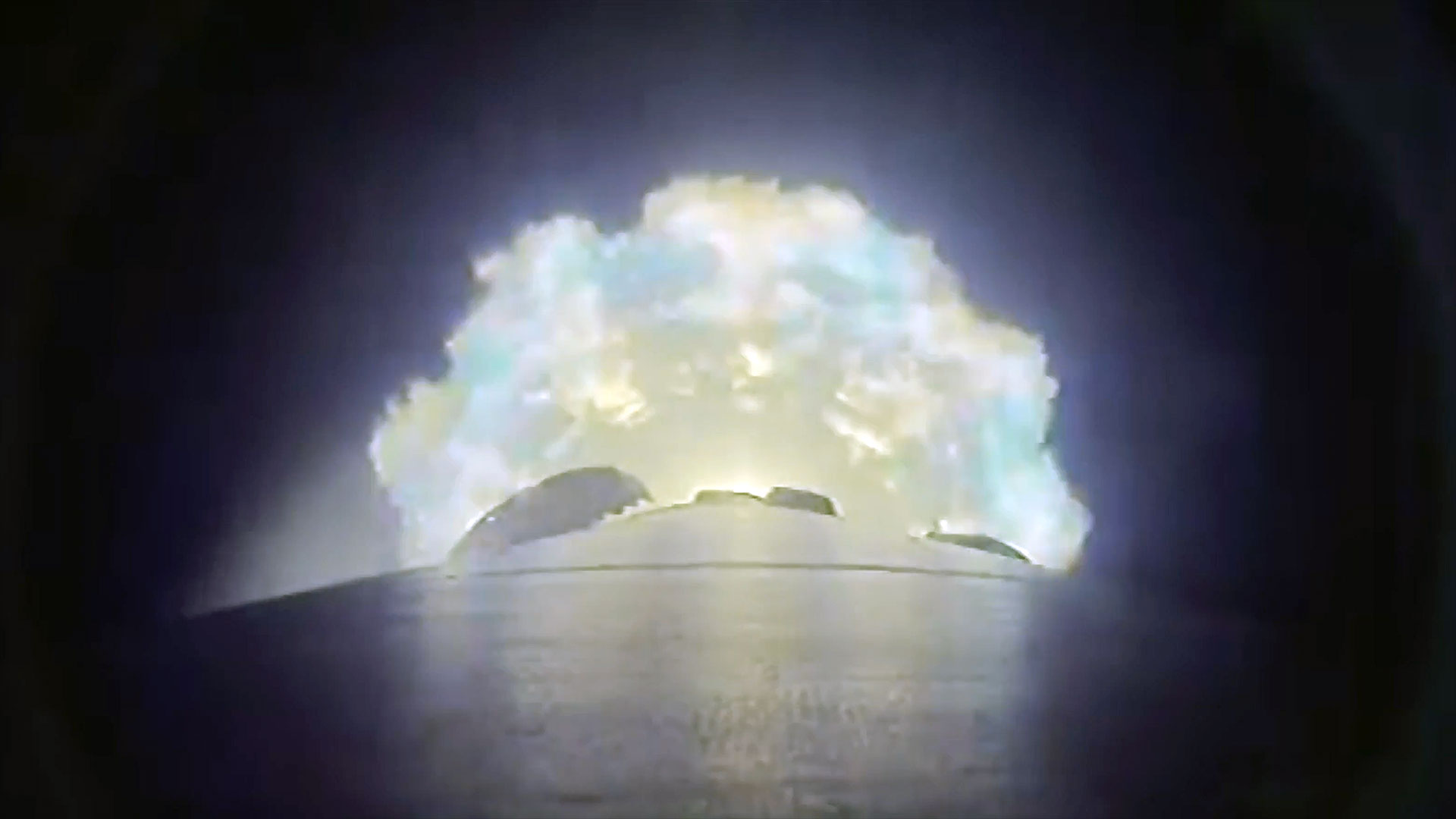6 Fun Facts About Comet Pan-STARRS
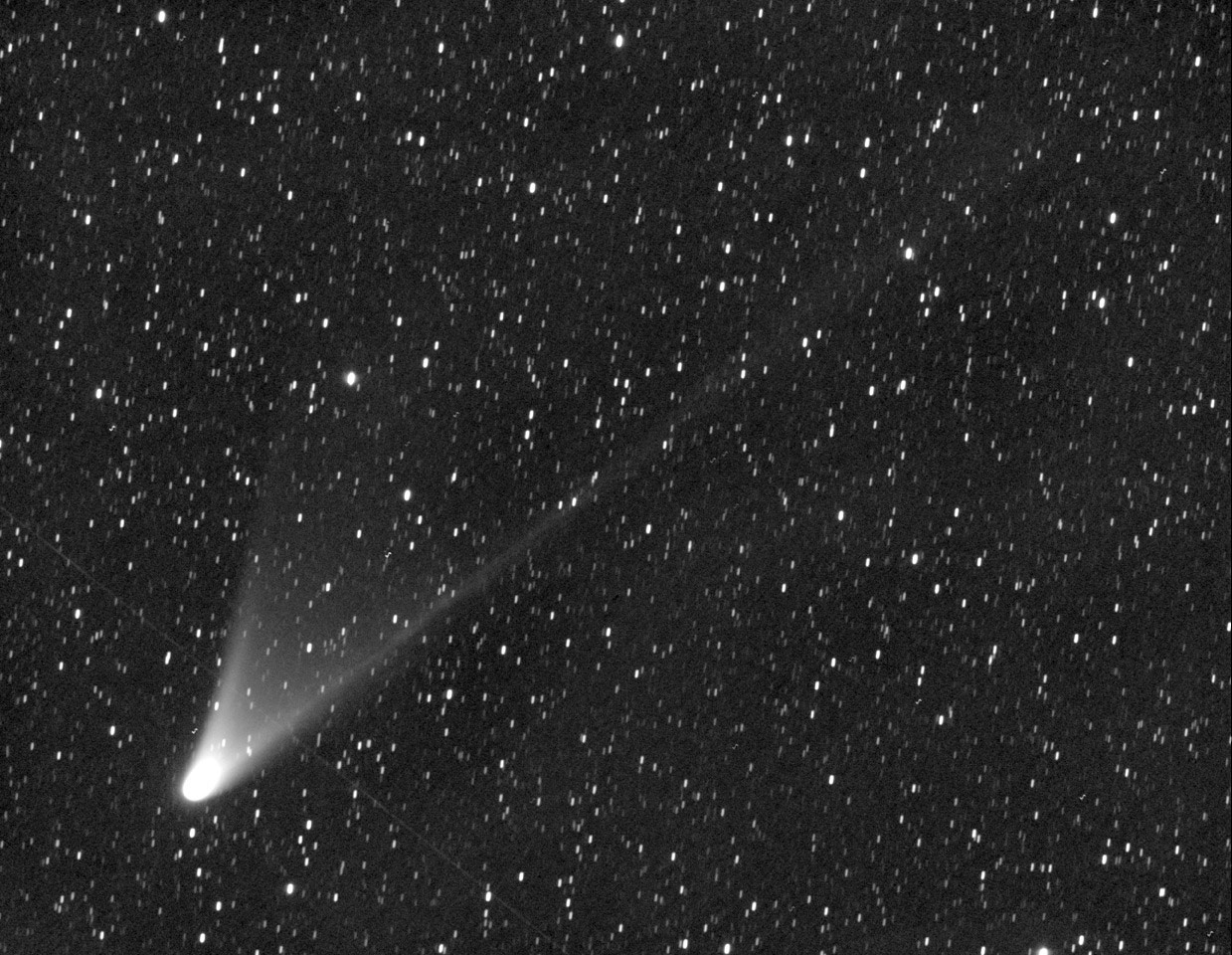
Comet Pan-STARRS in the Northern Sky
It may not be the brightest comet in recent memory, but comet Pan-STARRS put on quite a show in the Southern Hemisphere, and now it's moving north.
Here are a few things to remember about this rare naked-eye comet:
FIRST STOP: You'll Never See It Again
You Will Never See it Again
Comet Pan-STARRS has an elliptical orbit around the sun that will likely leave it in a 110,000-year path around the sun. It likely took millions of years to make its way into the inner solar system, however. That means if you miss it this year, you'll have to find the secret of immortality to try and catch Pan-STARRS on its next pass. [How to See Comet Pan-STARRS]
NEXT: It's From the Oort Cloud
It Comes from the Oort Cloud
The Oort cloud is a mass of icy bodies orbiting the sun out to a distance of about 93 trillion miles (150 trillion km) away - about 100,000 astronomical units - according to NASA. It gave birth to Comet Pan-STARRS, which was flung from the cloud into an orbit that will bring it closer to the sun than it has ever been before. [Comet Pan-STARRS Explained (Infographic)]
NEXT: A Sungrazing Comet
Breaking space news, the latest updates on rocket launches, skywatching events and more!
It is a 'Sungrazing' Comet
Pan-STARRS and other comets from the Oort cloud like it come so close to the sun that they get close to breaking apart. If they survive their close encounters with the star, however, they could shine more brightly than most other objects in the sky. [Comet Pan-STARRS Observing Tips (Video)]
NEXT: It Almost Faded Away
It Almost Disappeared from View
Astronomers thought that Comet Pan-STARRS wouldn't brighten in the northern sky. Some predicted that the comet's magnitude would fade, making it difficult to see once it passed above the equator, but now scientists expect that the comet may brighten even more when it passes about 28 million miles (45 million km) from the sun on Sunday, March 10 and be visible throughout March before fading in April. [Amazing Photos of Comet Pan-STARRS
NEXT: It's Not Alone
One of Three Comets This Year
In the Southern Hemisphere, Pan-STARRS was seen in the same part of the sky as Comet Lemmon.
Come November, after Pan-STARRS has faded from view, Comet ISON could put on the show of a generation, shining more brightly than any comet in recent memory, if predictions hold true. [FULL STORY: 2013 Is Year of the Comets]
NEXT: Going, Going, Gone
Not Around for Long
After Pan-STARRS makes its closest brush with the sun on March 10, the comet will begin to dim. Skywatchers with telescopes and binoculars might still be able to see the sungrazer until early April, but it will fade out of naked-eye visibility before the end of March.
Editor's note: If you snap an amazing photo of Comet Pan-STARRS, or any other celestial object, and you'd like to share it for a possible story or image gallery, please send images and comments, including location information, to managing editor Tariq Malik at spacephotos@space.com.

Miriam Kramer joined Space.com as a Staff Writer in December 2012. Since then, she has floated in weightlessness on a zero-gravity flight, felt the pull of 4-Gs in a trainer aircraft and watched rockets soar into space from Florida and Virginia. She also served as Space.com's lead space entertainment reporter, and enjoys all aspects of space news, astronomy and commercial spaceflight. Miriam has also presented space stories during live interviews with Fox News and other TV and radio outlets. She originally hails from Knoxville, Tennessee where she and her family would take trips to dark spots on the outskirts of town to watch meteor showers every year. She loves to travel and one day hopes to see the northern lights in person. Miriam is currently a space reporter with Axios, writing the Axios Space newsletter. You can follow Miriam on Twitter.
